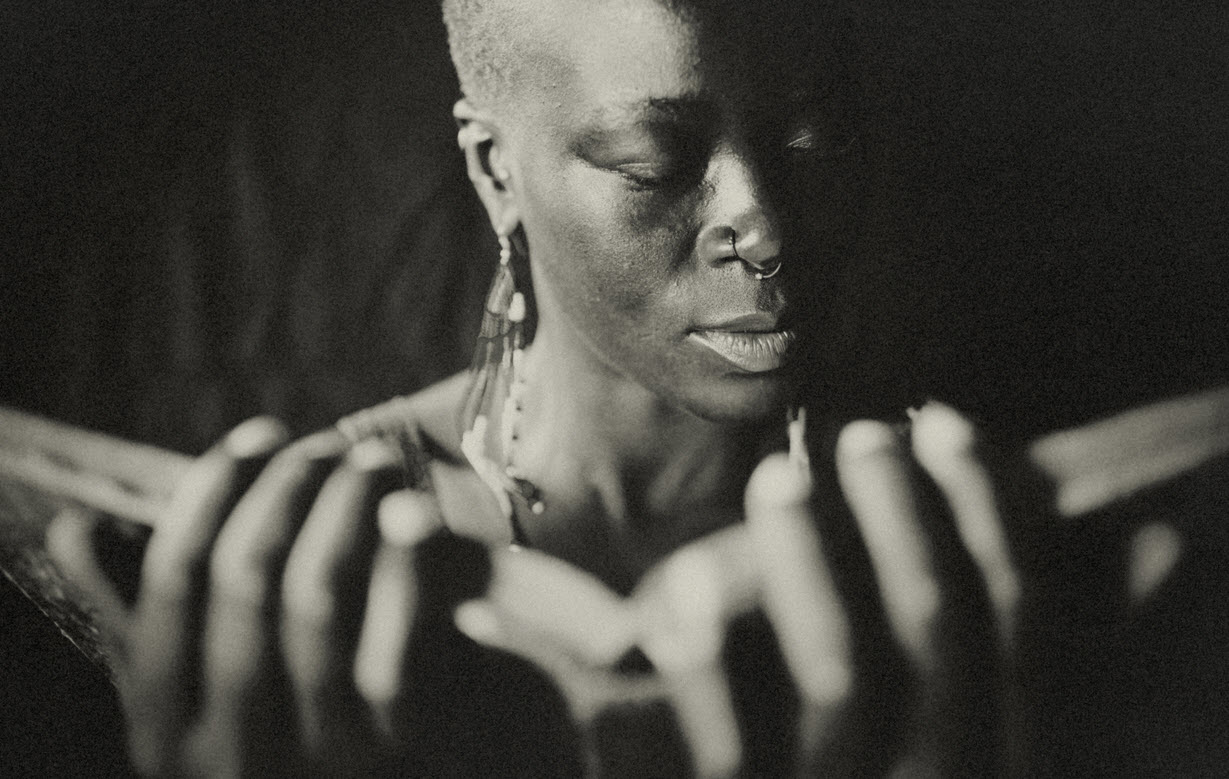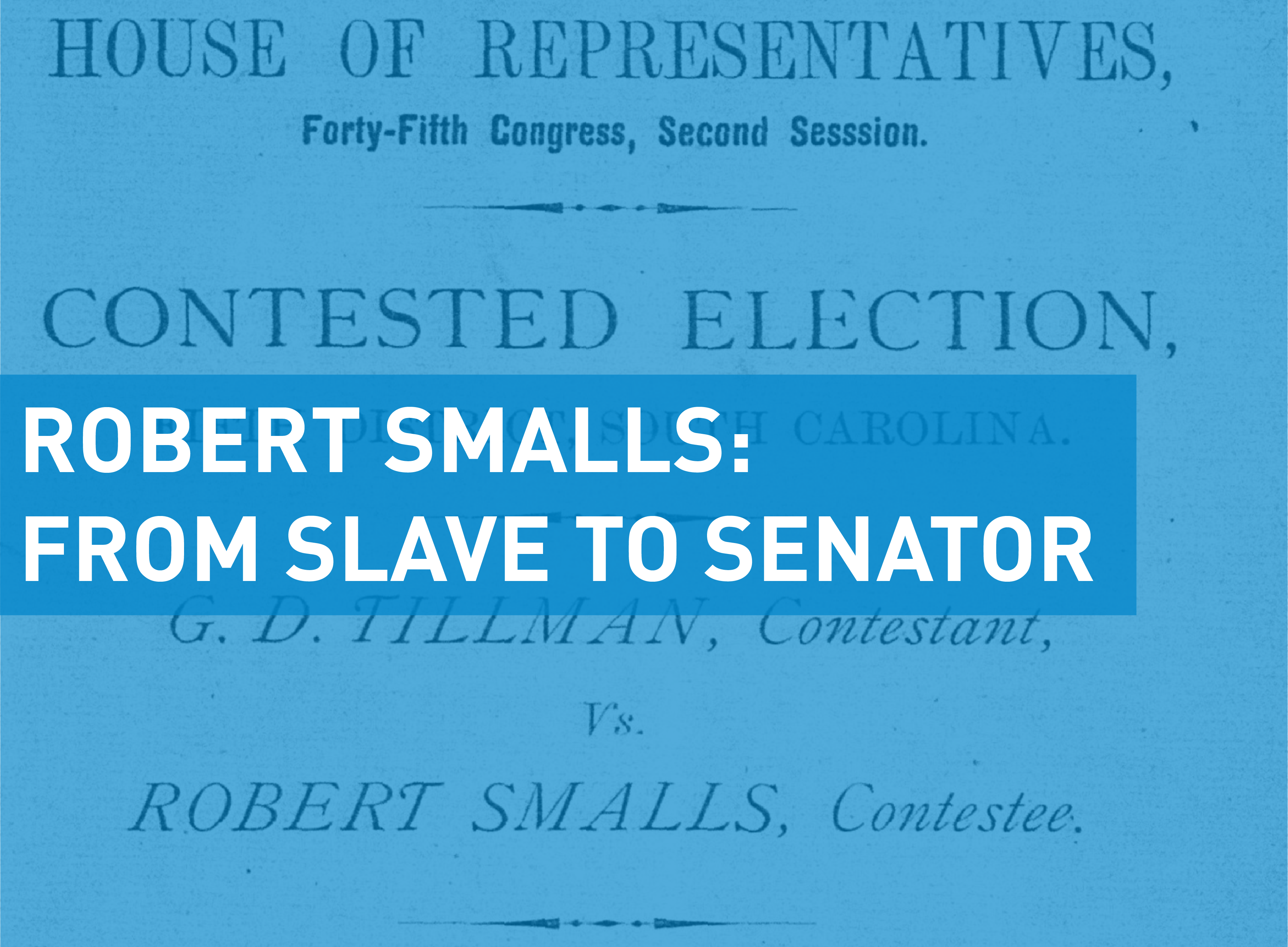During Black History Month, we honor African Americans who made significant contributions to American society and impacted the course of American history. One such figure is Robert Smalls, who was born a slave in South Carolina, made a dramatic escape from slavery, and was later elected to Congress. With primary sources, Smalls’ remarkable life, achievements, and impact can be considered and understood through contemporary accounts.
Gale In Context: Biography Highlights Black Americans
| By Carol Brennan | Every February, Black History Month gives us here at Gale a chance to look back at some of the incredible heroes who are featured in Gale In Context: Biography. There’s extensive coverage of major names from politics, the arts, science, sports, and social-justice causes—drawn from legacy Gale titles like Contemporary … Read more



